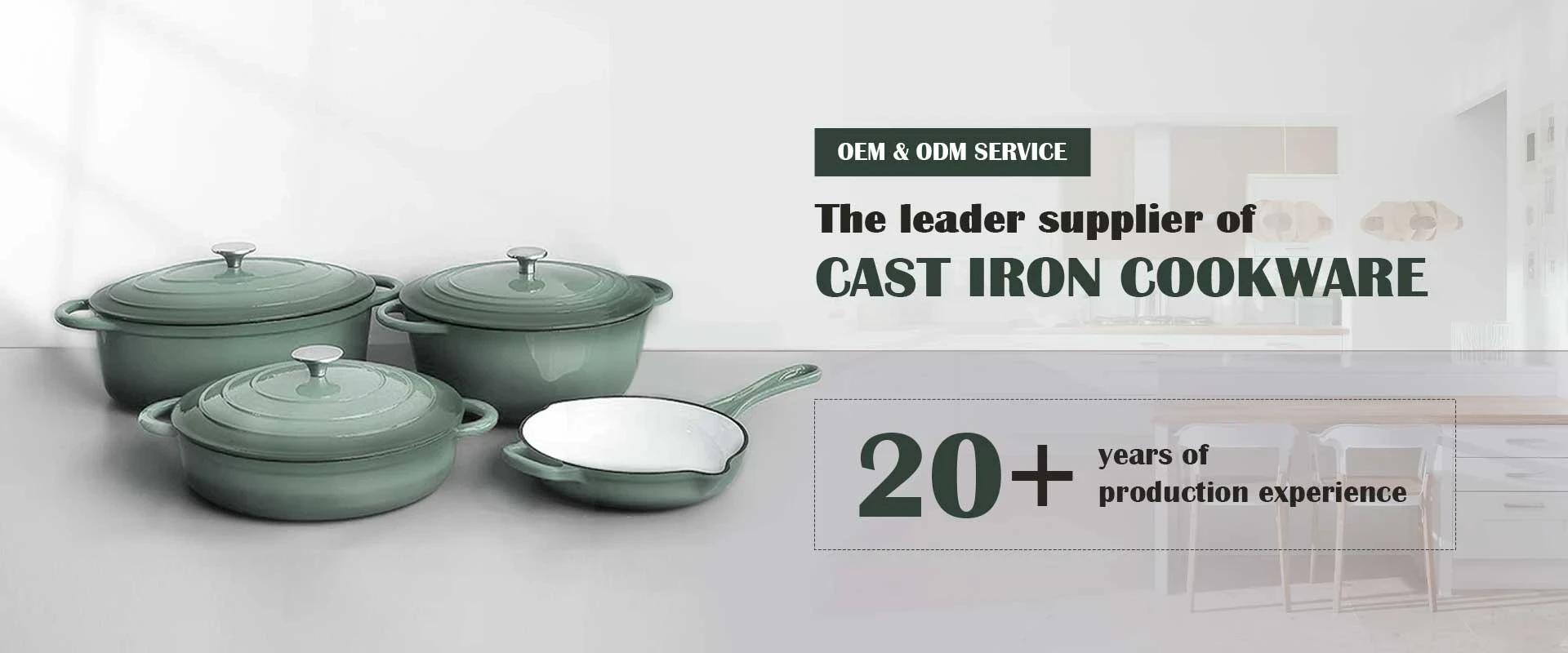
Exploring Various Types of Woks and Their Unique Uses in Cooking Techniques
Exploring Different Wok Types A Guide to Stir-Frying Success
Woks are a quintessential tool in Asian cooking, particularly in Chinese cuisine. They are not only versatile cooking vessels but also a symbolic representation of culinary tradition. Understanding the different types of woks can enhance your cooking experience and allow you to master the art of stir-frying. In this article, we delve into the various wok types, their unique features, and the best ways to use them.
1. Traditional Carbon Steel Woks
Carbon steel woks are the most popular choice among home cooks and professional chefs alike. Renowned for their ability to evenly distribute heat, these woks are ideal for high-temperature cooking methods such as stir-frying. They are lightweight yet durable, making them easy to maneuver during cooking. A significant advantage of carbon steel woks is that they develop a natural non-stick patina over time with proper seasoning, enhancing their cooking performance. However, they require conscientious maintenance, including regular seasoning and immediate drying to prevent rust.
Cast iron woks are another fantastic option for those who love slow-cooking and braising. Unlike carbon steel, cast iron retains heat exceptionally well, making it perfect for recipes that require even and long-lasting heat. They come in both traditional round-bottom and flat-bottom varieties. Cast iron woks, however, are heavier and take longer to heat up compared to carbon steel. Additionally, they also require special care to prevent rusting and to maintain their seasoning.
3. Non-Stick Woks
different wok types

Non-stick woks have gained popularity for their convenience and ease of use. These woks are coated with a non-stick surface that allows for cooking with less oil and makes for effortless cleaning. While non-stick woks are not suitable for high-heat cooking, they are great for stir-frying vegetables and cooking delicate foods like fish or eggs. However, the longevity of non-stick coatings can be an issue, as they can scratch and wear out over time, so using wooden or silicone utensils is recommended.
4. Stainless Steel Woks
Stainless steel woks are known for their durability and sleek appearance. They are non-reactive, making them suitable for cooking acidic ingredients. While they do not have the same heat conductivity as carbon steel or cast iron, many stainless steel woks come with an aluminum core that improves heat distribution. However, achieving the desired non-stick effect requires using oils and proper preheating. Stainless steel woks are low-maintenance and dishwasher-safe, though they may not deliver the authentic stir-frying experience that traditional woks offer.
5. Electric Woks
For those who prefer a plug-and-play option, electric woks are a fantastic choice. They offer temperature control and convenience, making them perfect for quick meals or for those who may not have access to a gas stove. Electric woks typically have a non-stick surface and are easy to clean. However, they may not provide the same searing capabilities as traditional woks due to their design and heating mechanisms.
Conclusion
When it comes to choosing the right wok, it ultimately depends on your cooking style and preferences. Each type of wok has its advantages, and understanding these can significantly enhance your culinary skills. Whether you opt for a traditional carbon steel wok or a convenient electric version, mastering the wok is a journey worth embarking on for anyone passionate about cooking. So, gather your ingredients and let the stir-frying adventure begin!
-
Season Cast Iron Perfectly with GPT-4 Turbo TipsNewsAug.01,2025
-
High Quality Cast Iron Cookware - Baixiang County Zhongda MachineryNewsAug.01,2025
-
Premium Cast Iron Pan: Durable & Perfect HeatNewsAug.01,2025
-
High Quality Kitchen Durable Black Round Cast Iron Cookware Pancake Crepe Pan-Baixiang County Zhongda Machinery Manufacturing Co., Ltd.NewsAug.01,2025
-
Cast Iron Cookware - Baixiang County Zhongda Machinery | Nonstick, Heat ResistanceNewsAug.01,2025
-
High Quality Kitchen Durable Black Round Cast Iron Cookware - Baixiang County Zhongda Machinery | Non-Stick, Heat Retention, DurableNewsJul.31,2025


